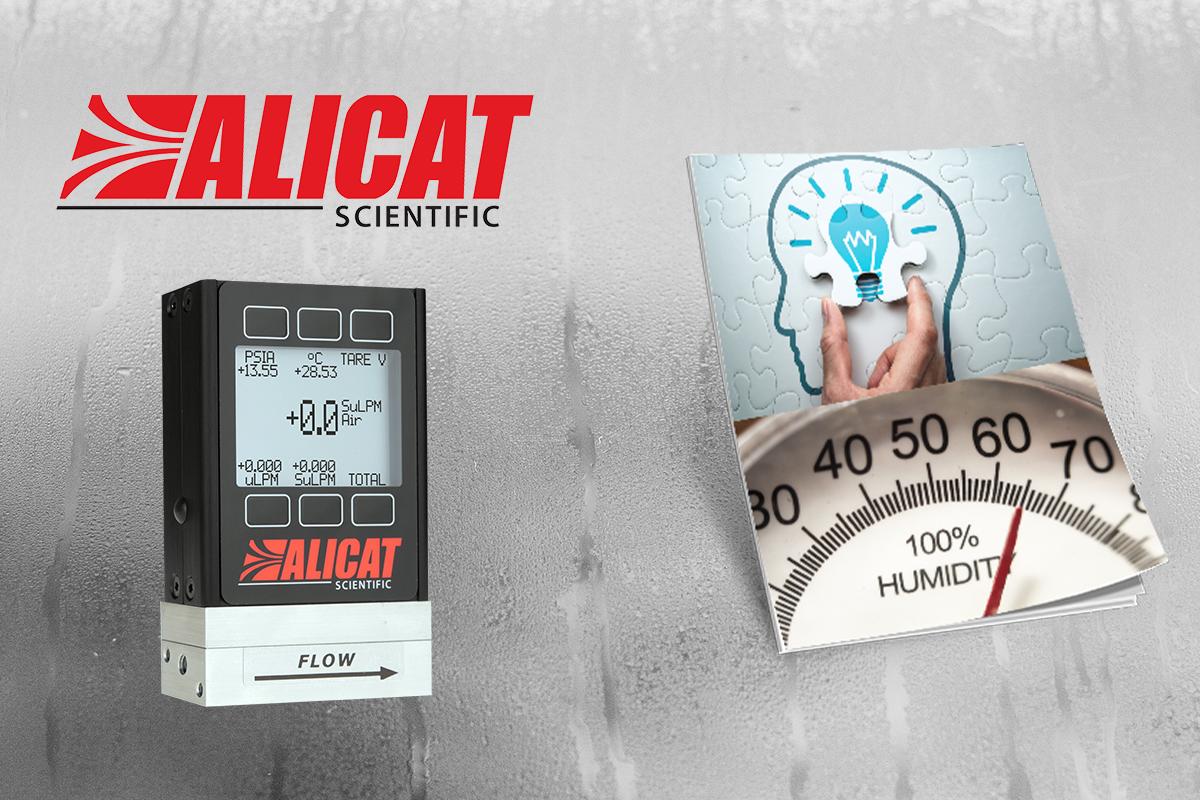
Global demand for Infrared Cameras has skyrocketed and supplies are limited. The time to plan for the fall flu season and potential continuation of the COVID-19 pandemic is NOW!
Optris has interoduced a lower temperature version of both the Xi 400 & the PI 400i, calibrated from -20C - 100C ONLY.
These units are available with lead times at approximately 5 weeks!
Learn More HERE
Finn & Conway is partnered with Optris Infrared Sensing to provide their incredible line of infrared sensors to assist you in protecting your most valuable resource….your people! Below you will find a very insightful piece produced by Optris that lays out some of the common misconceptions about IR Screening and best practices.

Guidelines for use of Optris Infrared Cameras for Fever Screening
T. Scanlon March 2020
Infrared cameras have been used to screen for a fever condition in humans during swine flu, SARS, MERS and other viral epidemics. All cameras marketed by Optris for this application deliver better than .1°C thermal sensitivity making it easy to discern temperature variations among humans in a given setting. The basis for the effectiveness of thermal cameras as a screening tool lies in the correlation of outside skin surface temperature with internal or core body temperature. The camera will not identify a fever during the incubation period when fever is not manifest and will not detect fever in those afflicted with influenza infections not accompanied by fever symptoms.

(Click on the PDF above to Learn More)
How should I deploy the IR camera for best results?
Promotional materials for fever detection with IR cameras frequently depict images of a group of people gathered in a common location all imaged at the same time with an IR camera from a distance. While it is possible to detect a single subject with a high fever in a scene with multiple subjects, the full range of fever severities are best measured when a single subject is inspected from a distance of 24” to 30” with a camera with spatial resolution of 320 x 240 or better. Studies have proven that IR camera measurements will decrease as distance from the subject increases (Utility of infrared thermography for screening febrile subjects; Honk Kong Academy of Medicine April 2013).
The Optris web site provides an Optics Calculator that presents the Measurement Field of View (MFOV) which defines the smallest spot size that can be measured accurately and considers the camera optic in addition to the distance from subject. Optris IR Sensing recommends an MFOV of 3 mm or less.
(https://www.optris.com/optics-calculator)

What should I measure?
Surface forehead measurements are most frequently used with handheld IR thermometers but the Medial Canthus (tear duct) provides the strongest correlation between outside skin temperature measurement and core body temperature.
Maximum frontal PIXConnect software computes hottest pixel inside the defined area infrared thermography temperatures were recommended over forehead measurements in the Hong Kong Academy of Medicine study. Measurements made from the right distance with the right optic will increase the percentage of subjects that will likely measure positive for fever when further tested with oral thermometers.
Please note glass and plastic used in eyewear and sunglasses are opaque in the infrared region. All eyewear should be removed before scanning the tear duct area. Contact lenses need not be removed as these do not cover the Medial Canthus.

Optris PIX Connect
Absolute Temperature Measurement Accuracy
Most all IR camera manufacturers produce cameras specified with +/- 2°C or 2% of reading whichever is greater based on deployments in industrial environments in a wide variety of ambient conditions from 20°C to -50°C. Most IR cameras are calibrated in ambient conditions and deliver better absolute temperature measurement accuracy in a controlled temperature environment such as a company lobby. Some manufacturers or integrators will couple the use of an IR camera with a temperature reference source positioned in the scene proximate to the subject to be scanned to improve specified camera accuracies.
It is important to note that temperatures made on the outside of the body (even at the medial canthus) will not match core temperatures taken with a traditional oral thermometer even if accuracies were specified at .2%. The use of absolute skin temperature derived from an infrared camera as a basis of comparison with an internal temperature thermometer measurement is not recommended. Influences from extremes in ambient temperature such as a long walk through a frigid parking lot will impact measurements made with an infrared camera (or handheld thermometer) on external skin temperatures possibly masking a fever and reporting a false negative reading.

Temperature Span Settings Tuned to Highlight
Hottest Face Temperatures
Even though absolute temperature measurement accuracies are outside the range most medical professionals are comfortable with for fever determination, it is important to understand that most IR cameras can discern temperature difference as subtle as .1°C making them an ideal tool to see and measure temperature differences on skin surfaces. Setting the temperature span for maximum contrast on face temperatures (typically from 72°F to 105°F) and applying color isotherms to highlight the hottest temperature on the human face makes it easy to see a subject with temperatures outside a normal range.
Temperature Span settings tuned to highlight hottest face temperatures.
Subjects with temperatures hotter than this base line setting will “light up” with red isotherms visible on a larger portion of the face. These subjects can then be tested further with traditional thermometers. The base line setting can depend on ambient conditions, so it is important to have this span and isotherm temperature range set optimally. The PIX Connect software can be set to alarm audibly when a temperature inside the area tool exceeds a customer set threshold. Once optimized, settings including alarms, temperature span, area measurement and isotherm settings can be stored as a “layout” in PIXConnect software and used again for similar ambient temperature conditions.
Most medical professionals will consider a fever to be present with a 2°F temperature increase as measured with an oral thermometer. Customers should set their own alarm threshold based on their degree of sensitivity to false negatives and positives and advice of medical professionals.
Influences on External Skin Temperatures
Medications including aspirin, acetaminophen/paracetamol (Tylenol) and ibuprofen or other antipyretics will reduce temperatures in humans rendering measurements with any device (including oral thermometers) ineffective for screening a fever condition. The evaporative cooling effect from perspiration will decrease outside skin temperatures particularly when a subject is positioned below air flow vents. Subjects visibly perspiring will not deliver temperatures measurements useful for fever screening with an IR camera or any remote infrared device.
Vasodilatation can occur after alcohol consumption increasing skin temperatures. High blood pressure, pregnancy and other physical conditions can also result in increased skin temperature so be aware that not every temperature increase over a base line comparative reading indicates a fever condition.
Incubation Period & Low-Grade Fevers
Researchers from Johns Hopkins Bloomberg School of Public Health analyzed reports from 50 provinces, regions and countries outside of Wuhan, China, to determine the incubation period of COVID-19 and found the median estimated incubation period to be 5.1 days. 97.5 percent of those who develop COVID-19 symptoms appeared to do so within 11.5 days of infection. Be aware that infected subjects will not exhibit fever in the incubation period. Also, some mild low-grade fevers manifest in minor external temperature increases making them difficult to differentiate between typical temperature variations in the human population.
Also, core temperature is purported to be lower in the elderly, and their febrile response to infection may also be attenuated so be aware of the need to potentially adjust standard PIXConnect layouts and alarm scenarios for elderly populations.


CONTACT US TODAY


